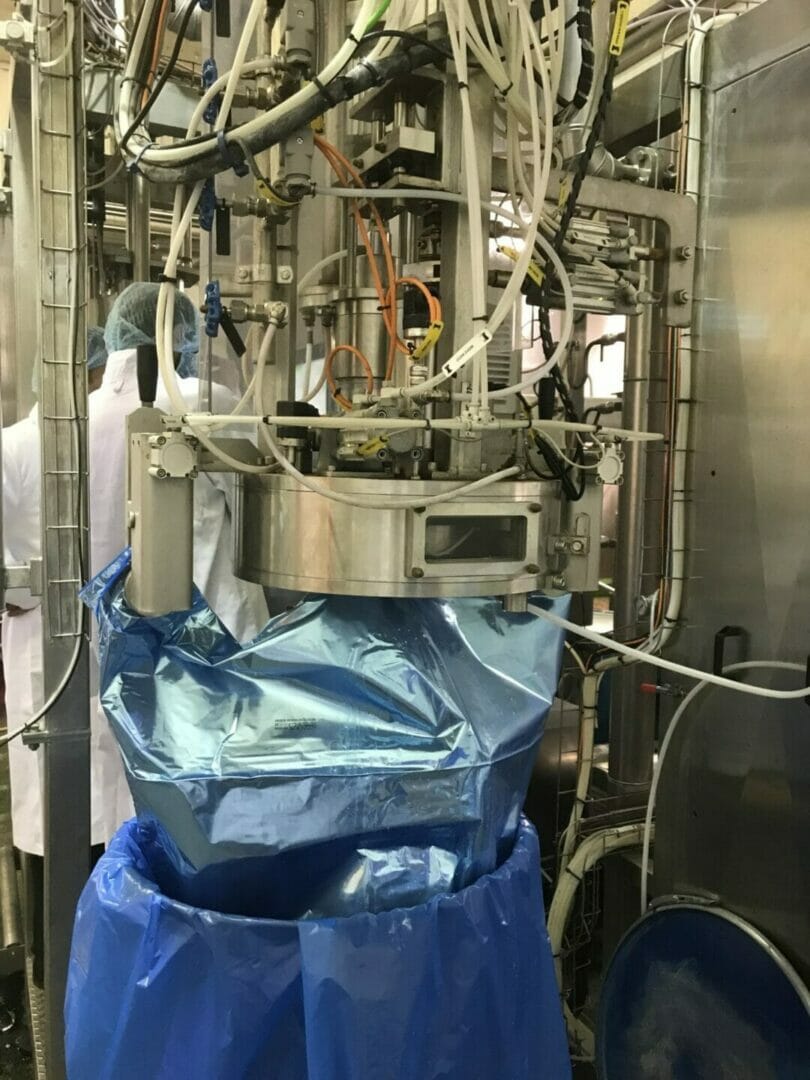In recent years, aseptic technology has become well established in the food and drink sector as a filling technique.

As consumers have become more health conscious, the demand for food and drink products without preservatives has increased. However, traditional methods combining sterilisation with hot filling have not been suitable for products which are increasingly sold on their ‘fresh’ and ‘natural’ characteristics, due to the effect on product quality.
In most cases, hot filling sterilises the container as the product (which is still hot from cooking or sterilising) is filled. However, the temperatures required often have unwanted effects on the quality of the product, and the heat imposes restrictions on the type of container which can be used.
Consequently, cold aseptic filling has become a common technique; its flexibility means that it is suitable for a wide range of products from fresh fruit dices and purees to marinades and dairy products, and this diversity has also seen the development of a wide range of fillers and packaging types.

Aseptic filling systems generally combine a number of elements into a single integrated production line. This integrated approach helps to ensure microbiological safety throughout the process from initial treatment through to the sealing of the finished product. The steps included in an integrated aseptic filling line (such as the HRS Asepticblock) typically include: thermal treatment; cooling (where necessary); sterilisation of the packaging (although pre-sterilised packaging may be used); and finally filling and sealing under aseptic conditions.
The business case for aseptic filling
There is of course a financial investment required to install aseptic filling technology, but when conducting a cost/benefit analysis, some of the factors to consider include:
- Volume: Aseptic filling lines normally operate on a continuous basis and therefore are much faster than batch cooling operations.
- Quality: Probably the biggest driver towards aseptic filling is the improvement in product quality. Heat treatments can be driven by product requirements, rather than the need to sterilise the container, preserving taste, nutrient content and colour.
- Flexibility: Most aseptic filling lines can be configured to supply a range of products and fill a range of containers.
- Packaging: Although there may be an increase in costs associated with the need to purchase sterile packaging, many packaging types used in aseptic filling are lighter and cheaper than their hot-fill equivalents.
When considering aseptic filling, companies need to weigh up the safety of the proposed solution with capital and operating costs, operational safety considerations and the effect on product quality. In most situations, the business case to adopt cold filling quickly becomes apparent.







